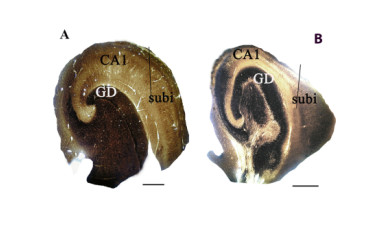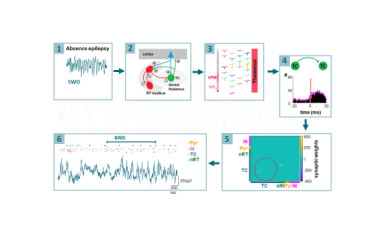Other
Research that does not belong to any of the strategic research directions
No results

Research that does not belong to any of the strategic research directions

Interface between the body and the environment are populated by a large number of microorganisms, which are called the microbiome. The substances produced by the microbiome, their specific metabolites, have a significant influence on the host. The largest and most complex community of microorganisms in the body is the gut microbiome, which is made up of approximately 1015 microorganisms and is estimated to contain at least 1500-2000 different species. The composition of the microbiome is influenced by many factors, the way of birth, diet, antibiotic treatment, etc. Intake of live bacteria (probiotics), intake of specific bacterial nutrients (prebiotics) and their combination (symbiotics) may also influence of the gut microbiome.

The aim of our research is to produce modified bacteria that can interfere with the synthesis of certain inflammatory cytokines or other inflammatory mediators in the mammalian host through trans-kingdom RNA interference. The model is that the modified bacteria encode specially designed small hairpin RNAs that are able to reduce inflammatory cytokine expression through RNA interference.

Our laboratory investigates cortical tissue removed due to therapy-resistant epilepsy and compares it with a short post-mortem interval sample from control subjects without neurological disease. The process is described in the "Methods" tab.
The three main causes of therapy-resistant epilepsy are tumour, hippocampal sclerosis and focal cortical dysplasia, and most commonly develop in the temporal lobe. Our group and its predecessor described several alterations of interneurons and their connections in temporal lobe epilepsy with or without hippocampal sclerosis. Currently, our main area of investigation is epilepsy associated with focal cortical dysplasia. In this context, we have described alterations in parvalbumin-containing perisomatic innervation and we intensively investigate impairments of the cannabinoid system, microglia and blood-brain barrier elements in the disease.

We would like to identify those elements of the thalamocortical circuitry which are involved in the initiation and maintenance of epileptic events


